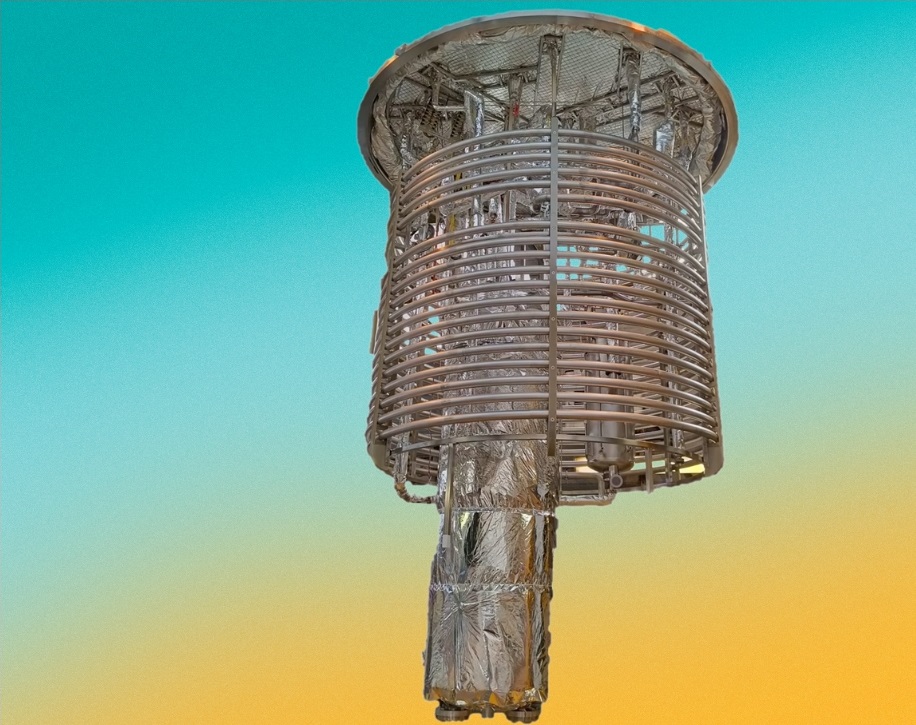As with any cryogenic installation, the cryo-distribution system must be protected from accidental overpressure, since the most common major accident is the sudden loss of the isolation vacuum. Following such an event, the gases in the air condense on the cold walls and cause a significant thermal power deposit on the cryogenic fluid. The result is a sharp rise in system pressure. To prevent any risk of explosion, the fluid must be evacuated at a rate that can become very high.
Quantifying the heat inputs that generate this flow rate is a key factor in sizing safety devices. Until now, this has been based on the use of experimental flow values obtained on tanks at certain points only. In this configuration, fluid physics is based on natural convection and possibly film boiling and nucleate boiling.
Thanks to the HELIOS platform, researchers at IRIG were able to test such accident conditions, in order to measure the flows exchanged by forced convection.
In particular, these results will enable more precise dimensioning of safety devices, such as a valve or rupture disk, for geometries with cryogenic fluid circulation, to protect against an accident causing untimely heating.
This work was carried out as part of Sulayman Shoala's thesis, defended in November 2023.
 Figure:HELIOS is a supercritical helium loop initially developed to study the smoothing of variable thermal loads received by the cryogenic system of the Japanese JT-60SA fusion reactor. It has now been adapted to carry out vacuum rupture tests on part of the installation, thereby enhancing our knowledge of the safety of large cryogenic installations.
Figure:HELIOS is a supercritical helium loop initially developed to study the smoothing of variable thermal loads received by the cryogenic system of the Japanese JT-60SA fusion reactor. It has now been adapted to carry out vacuum rupture tests on part of the installation, thereby enhancing our knowledge of the safety of large cryogenic installations.